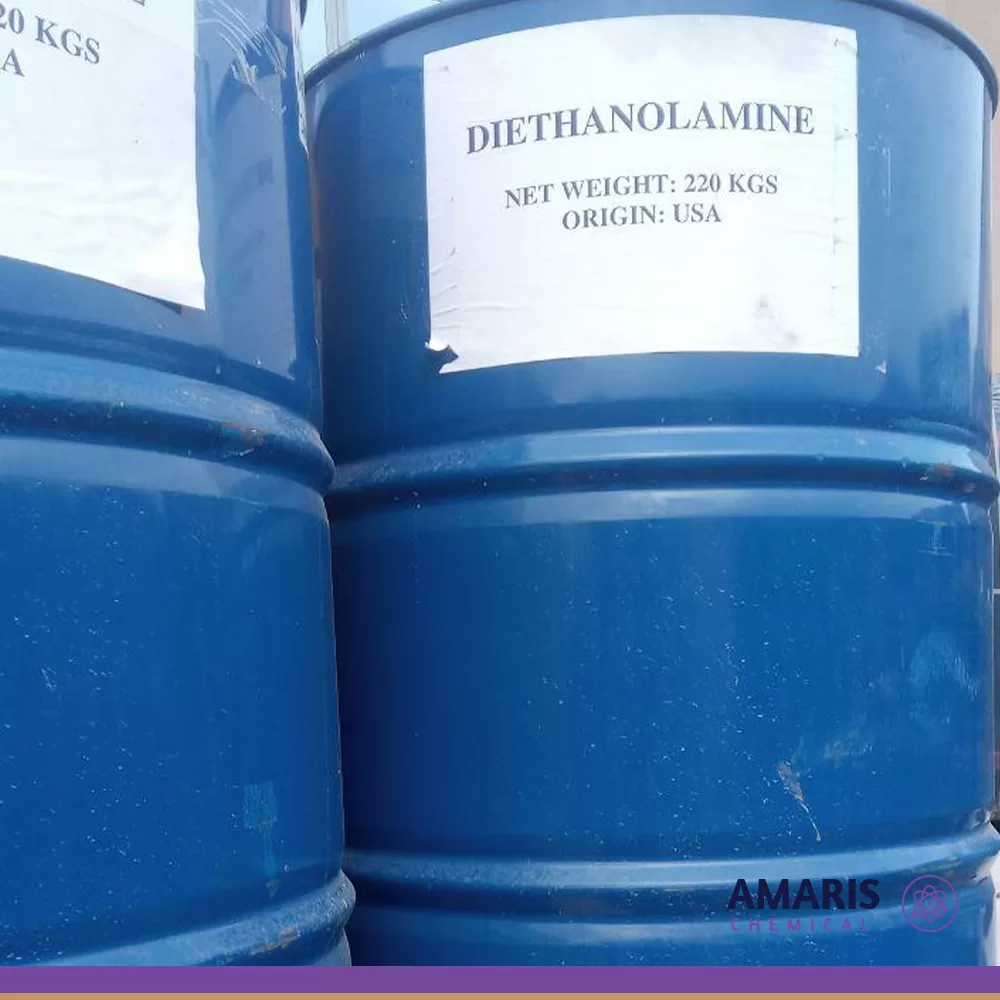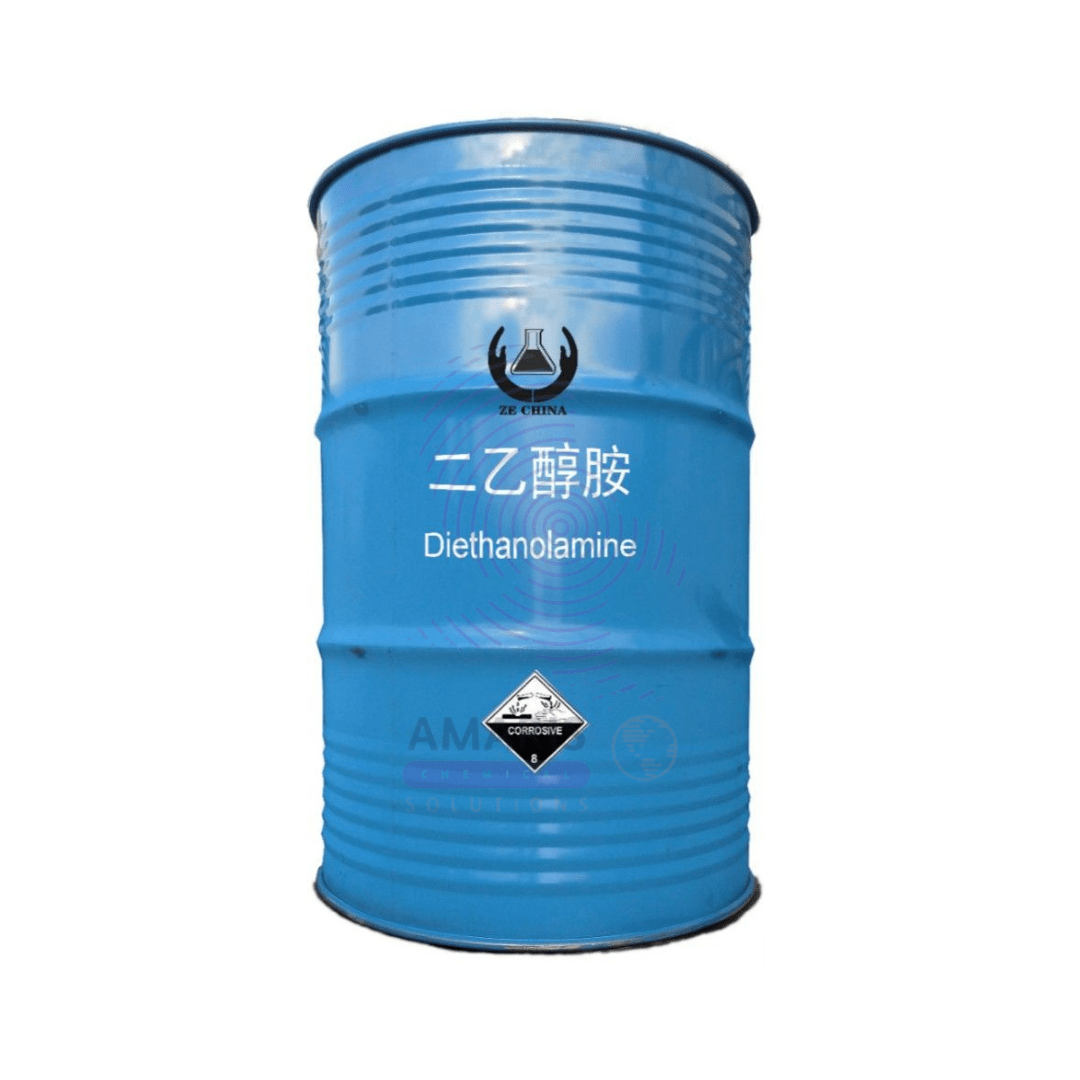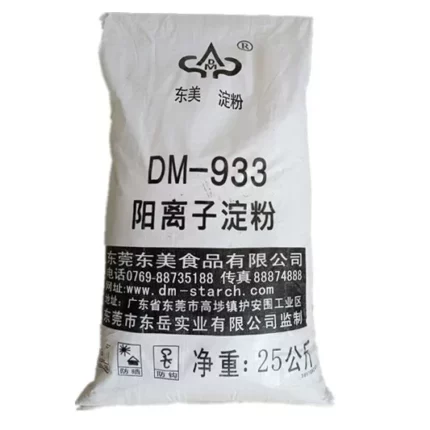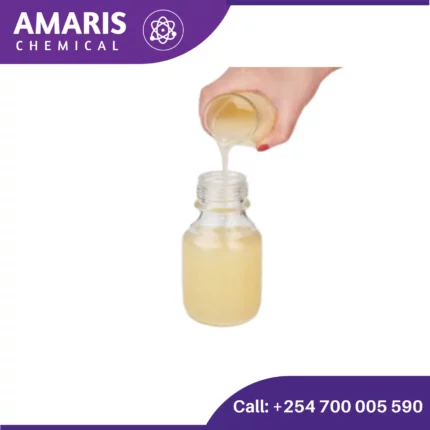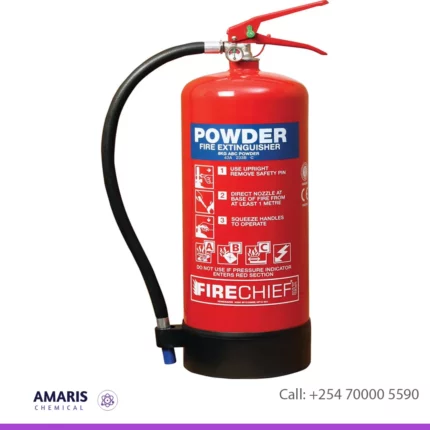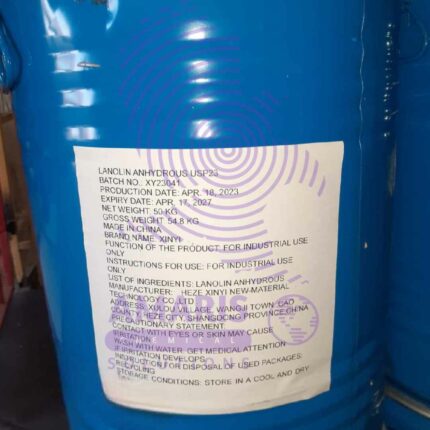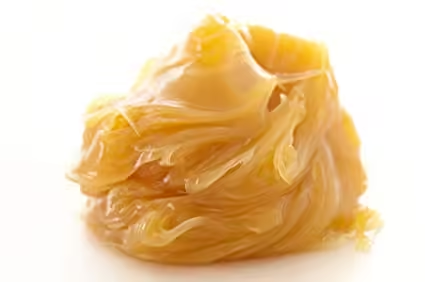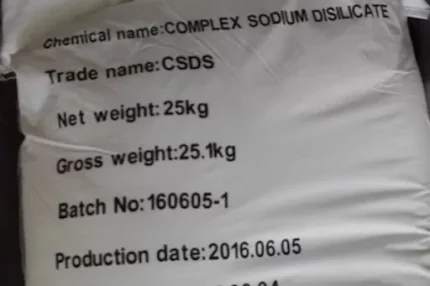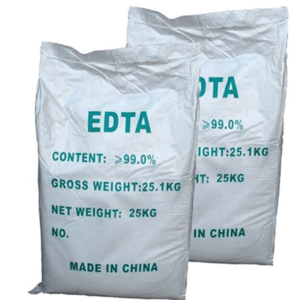“Amphoteric 25kg” has been added to your cart. View cart
“Sodium acetate Trihydrate” has been added to your cart. View cart
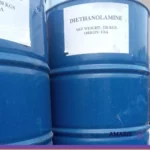

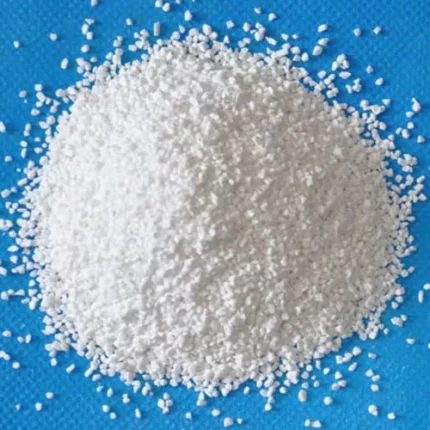
Sodium dichloroisocyanurate (C3N3O3Cl2Na)
KSh8,500.00 Original price was: KSh8,500.00.KSh8,300.00Current price is: KSh8,300.00.
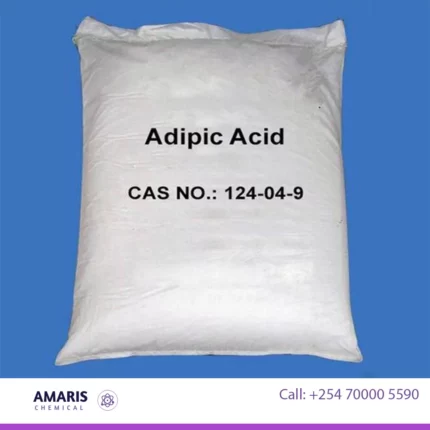
Adipic Acid
KSh0.01
Diethanolamine [C4H11NO2 or (CH2CH2OH)2NH]
KSh85,000.00 Original price was: KSh85,000.00.KSh84,000.00Current price is: KSh84,000.00.
The compound is abbreviated as DEA or DEOA. It Is also known as diolamine, Iminodiethanol, or diothylolamine just to mention a few. Its appearance is that of an oily colourless liquid or solid white crystals. It has a mild ammonia-like odour or slight rotten fish.
SKU:
ACS78778CHEM0
Categories: Catalysts, Excipients, Surfactants
Description
Uses of Diethanolamine [C4H11NO2 or (CH2CH2OH)2NH]
- It is used in the purification of natural gases.
- It is used in the production of morpholine.
- It is used as a humectant and softening agent, as an intermediate in the rubber chemicals industry.
- It is used as an emulsifier and dispersing agent in some agricultural chemicals.
- It is used in cutting oils, shampoos, polishers, soaps, pharmaceuticals, and cosmetics.
- It is used in the manufacture of lubricants that are used in the textile industry.
- It is used in the production of liquid detergents that are used as emulsions for paints, cleaners, polishes, and shampoos.
- It is used as a surfactant foam booster.
- It is used as an opacifying agent.
Shipping & Delivery
Related products
Amaris Basic Laundry Detergent.
Rated 5.00 out of 5
Amphoteric 25kg
Amphoteric refers to a substance or compound that has the ability to react as both an acid and a base. In other words, it can either accept a proton (H+) to act as a base or donate a proton to act as an acid, depending on the conditions of the reaction. The term "amphoteric" is often used in the context of chemistry to describe species that exhibit this dual nature of reactivity.
Defoamer
A defoamer, also known as an anti-foaming agent, is a chemical additive that reduces and eliminates foam formation in liquids. Foam is formed when gas is trapped in a liquid, and it can cause problems in various industrial processes, such as in the production of food and beverages, pulp and paper, and wastewater treatment. Defoamers work by destabilizing foam bubbles and breaking them apart, allowing the gas to escape from the liquid. They typically contain surfactants or oils that spread over the surface of the liquid to disrupt foam formation. Defoamers are available in various forms, including liquid, powder, and emulsion, and are used in a wide range of industries to improve process efficiency and product quality
Lanolin Anhydrous 50kg
Lanolin Anhydrous USP refers to a high-quality, refined, and purified substance derived from the natural waxy secretion of sheep's wool. It is processed to remove impurities, water, and other components, resulting in a pure form of lanolin. Lanolin itself is a complex mixture of esters, alcohols, and fatty acids, and the anhydrous USP grade ensures it contains minimal to no water content. This refined lanolin is commonly used in various cosmetic and pharmaceutical products for its emollient, moisturizing, and protective properties, serving as a skin-conditioning agent and helping to soothe and hydrate the skin
Sodium Disilicate 25kg
Sodium Lauryl Ether Sulphate (SLES Ungero)
Sodium Lauryl Ether Sulfate (SLES) is an anionic surfactant commonly used in various personal care and cleaning products. It is derived from lauryl alcohol and ethylene oxide, followed by sulfation to produce the final compound. SLES is known for its excellent foaming and cleaning properties, making it a popular ingredient in shampoos, body washes, toothpaste, and household cleaners.
As a surfactant, SLES acts as a detergent and emulsifier, helping to remove dirt, oil, and grease from surfaces. It lowers the surface tension of liquids, allowing them to spread and penetrate more effectively. Additionally, SLES can create a rich and stable foam, enhancing the cleansing experience.
It's worth noting that SLES can be derived from natural or synthetic sources, and its production may involve the use of petroleum-based ingredients. However, formulations can vary among manufacturers, so it's important to check product labels or consult the manufacturer directly for specific information on the origin and processing of SLES.

